Nowadays, there is hardly a person of active age who is not at least vaguely familiar with antioxidants, their properties and their importance for the body. But did you know that one of them is nearly 10 times more effective than the others? If you know this fact, you probably know which antioxidant is a miracle! If not -
We're Introducing Astaxanthin!
Astaxanthin, is a carotenoid, fat-soluble pigment, a member of a class of phytopigments known as terpenes. If that's not confusing enough, there's a sequel - astaxanthin belongs to a distinct group of carotenoid pigments called xanthophylls. Unless you have ambitions for a PhD in chemistry, it is quite enough to know this: astaxanthin is a phytochemical contained in algae, through which it also passes into the animals that feed on the algae - shrimp, krill, lobsters, crabs, salmon, flamingo... It is to the astaxanthin in the algae that the flamingo owes the enchanting pink color of its feathers. The red-orange colors of shrimp, crab, lobster, salmon meat, etc. are also due to the phytopigment taken up with the algae.
Apart from coloring living things, however, astaxanthin is proving particularly beneficial in health care.
The miracle pigment is a powerful pain reliever, in terms of anti-inflammatory action it is among the champions in the industry and in the fight against body-damaging free radicals it is simply unattainable - its effect is 10 times stronger compared to other antioxidants! And these are only some of the abilities of astaxanthin - their full disclosure requires a more organized approach!
Pain-relieving and anti-inflammatory effect of astaxanthin
It is due to its ability to block COX 2 (cyclooxygenase type 2) enzymes, whose values are directly related to the presence of inflammatory processes. Selective suppression of COX 2 allows to avoid damage to the digestive tract - which is unachievable with ordinary non-steroidal anti-inflammatory drugs. These preparations also block the enzyme COX-1 (cyclooxygenase type 1), receptors for which are found along the course of the digestive tract. These abilities make astaxanthin effective in diseases such as rheumatoid arthritis, osteoarthritis and all conditions associated with inflammation and pain. And - unlike synthetic analgesics - astaxanthin combines a powerful effect with zero risk of addiction and side effects.
Quick recovery after exercise
Also listed as beneficial properties of astaxanthin. Although second in importance to things like cell purification and reducing the risk of heart disease (two of the substance's other capabilities), speedy recovery is important for people actively involved in sports or simply wanting to be in the best possible shape. More endurance, more strength, higher energy levels - taking pure, natural astaxanthin will help you achieve all of these.
Keeps sight and eyes in good shape
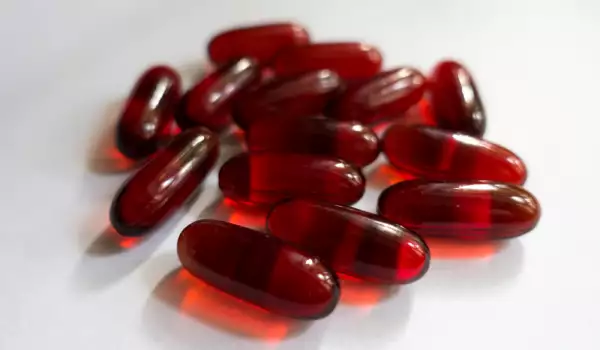
Because it has the ability to reach directly to the retina, it has a beneficial effect on conditions such as eye strain, macular degeneration and diabetic retinopathy. Taking 4 to 12 mg of astaxanthin daily for 28 days ensures visual acuity and good general eye condition - proven by research. This could be of particular use to people working with computers.
Cell purification
Which has already been mentioned - it is due to a unique ability of astaxanthin that gives it the primacy among antioxidants: the ability to penetrate into every cell of the body and, thanks to its hydrophilic and lipophilic properties, reach all its components.
Actions against Alzheimer's
Or at least reduces the risk of the disease. It has been proven beyond doubt that neurodegenerative diseases such as Alzheimer's, Huntington's or Parkinson's are largely determined by the damage the nervous system suffers from the action of oxidants. And here astaxanthin is an invaluable defender - its molecule is of a size that allows it to pass through the blood-brain barrier and provide immediate antioxidant protection of the brain tissues.
Against diseases of the cardiovascular system
Astaxanthin works rather indirectly - through its ability to limit and treat inflammation, which is a common cause of cardiovascular problems. The reduced risk of inflammation, as well as their rapid elimination, logically provides a lower risk of cardiovascular problems.
The beneficial effect on the skin
Also, there's a list of benefits that astaxanthin brings to the body. The antioxidant action against UV radiation is comparable to that of sunscreen and in addition, the miracle substance shortens the time needed for the skin to recover after exposure to sun, improves its hydration and reduces wrinkles.
Where to find it?
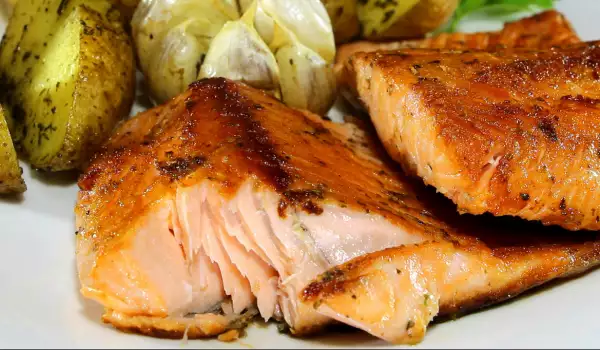
Best sources of astaxanthin are ocean salmon and... the supplement market. It's easy to explain why natural foods are thought to be better than supplements, but to get your daily dose of 3.6 mg of astaxanthin, you'd need to eat about 165 grams of salmon each day. If that doesn't seem like a problem to you, keep in mind that many of the therapeutic properties - anti-inflammatory, for example - only occur at higher doses.
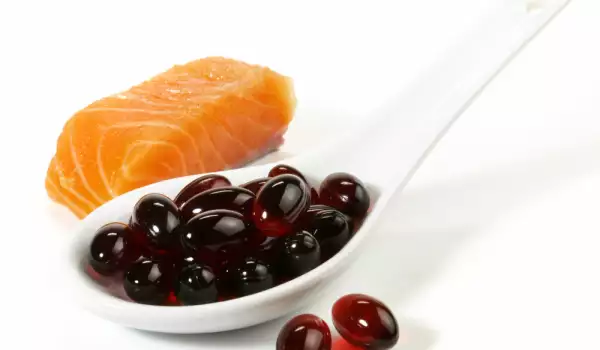
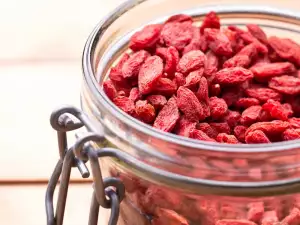
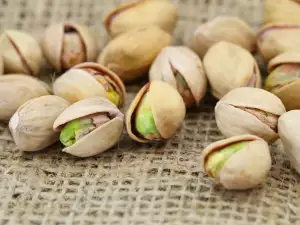

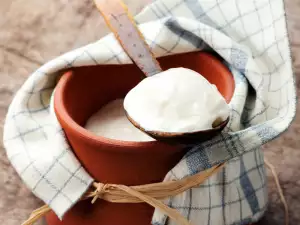

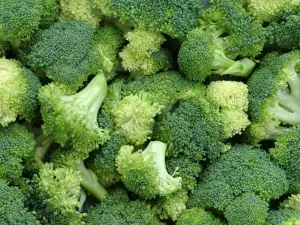

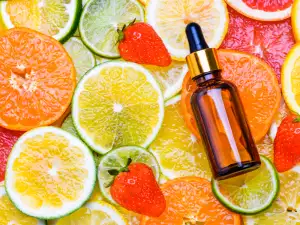
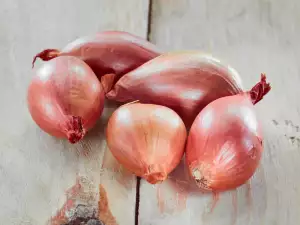

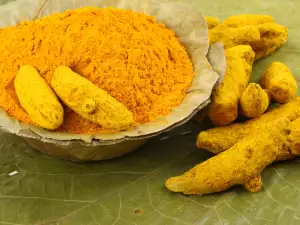
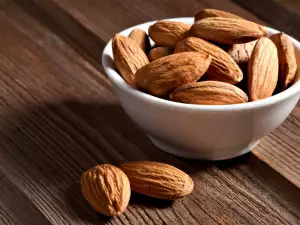
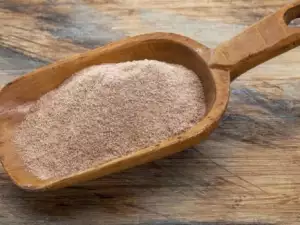
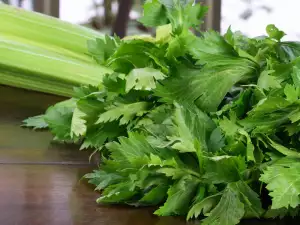





Comments